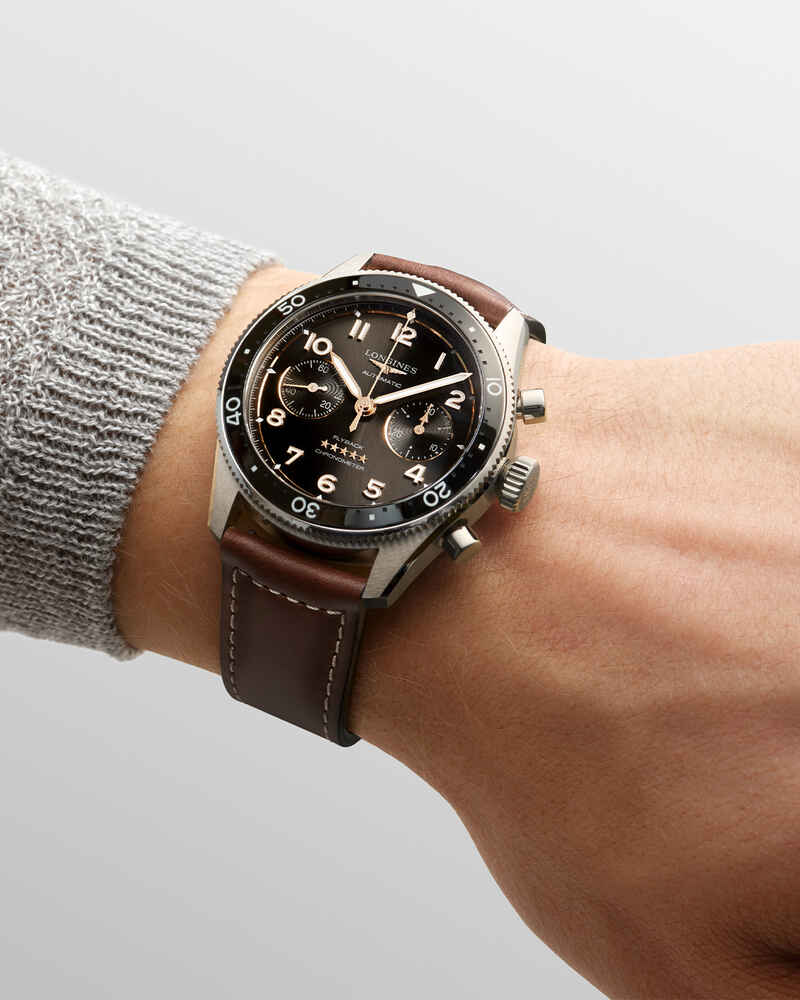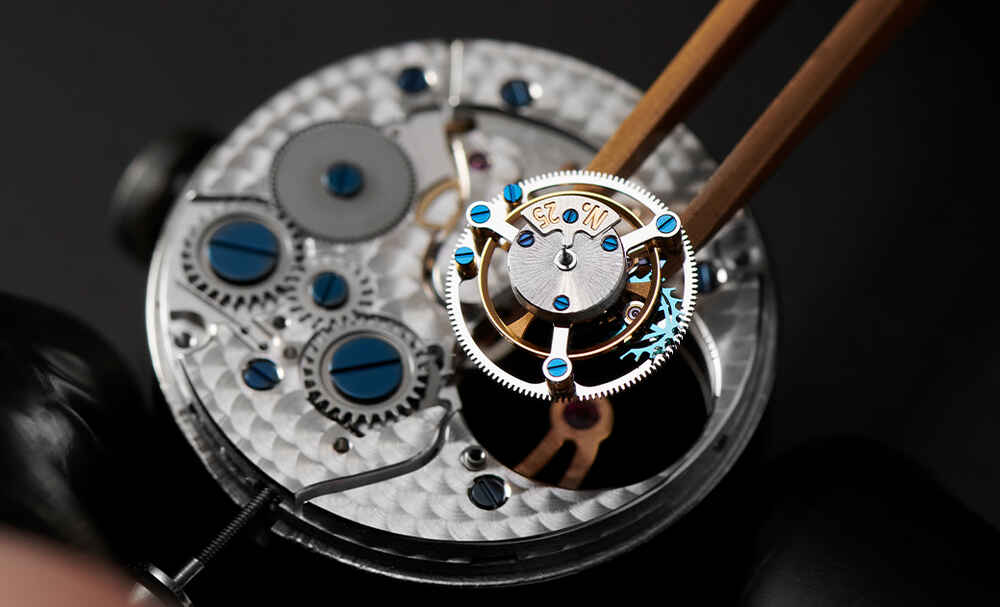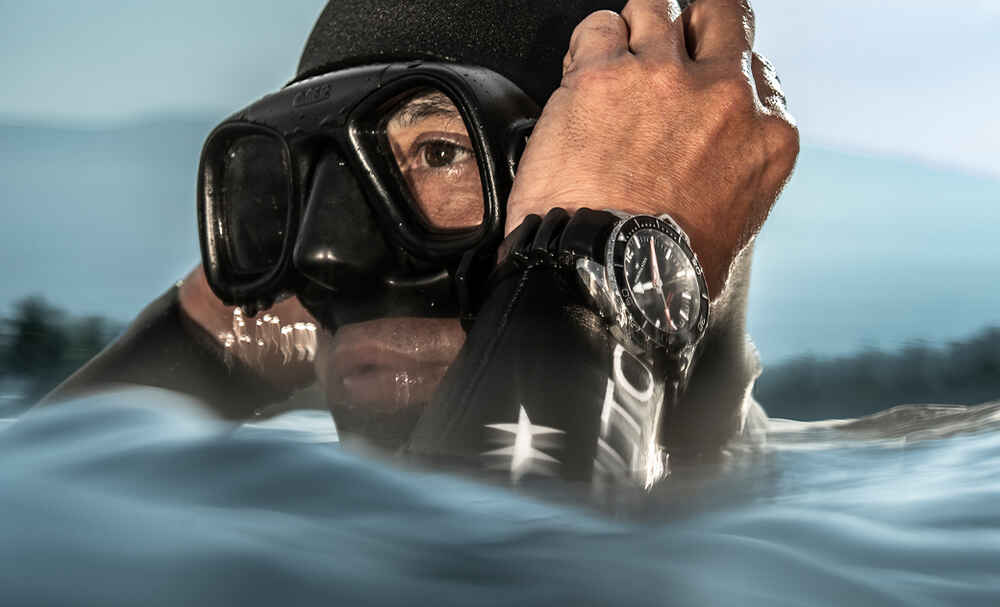The difference between chronographs and chronometers
A chronograph is mostly an analog wristwatch, which is characterized in particular by its stop function. While the chronometer, on the other hand, is a seal of quality for a watch that has been tested for its precision and may or may not have a stop function! In the 18th century, at the height of seafaring, people still faced a formidable problem. The longitude on which one was currently located could not be determined precisely due to the rotation of the earth.
In 1714, after devastating shipwrecks with thousands of deaths, the English Parliament finally offered a large prize money for the solution of the so-called longitude problem. The Englishman John Harisson found the solution about 20 years later: He had developed a clock that showed the time as accurately as possible. Because there is a time difference of 4 minutes from one degree of longitude to the next, a clock that is already minimally wrong also leads to incorrect calculations of the degree of longitude. In addition to the exact solar time on the ship, Harisson's watch also indicated the exact time of a known location, so that the distance to this location could be calculated via the time difference. Unfortunately, Harisson was not able to convince a wider mass of his idea until 1759.
However, the term chronometer was coined by watchmaker John Arnold in 1780, who further developed Harisson's idea. Today, watches for maritime use are called longitude or ship's watches, marine or naval chronometers, but due to the development of satellite navigation and the quartz watch, they are only used in emergencies. The chronometer has stood the test of time as a wristwatch, however, as the highly accurate mechanical watches are still admired and loved for their impressive engineering.
While chronometers are known for their accuracy, the term is as elastic as time itself. This is because many manufacturers already refer to generally precise and high-quality watches as chronometers. Strictly speaking, however, a watch may only call itself a chronometer if it has successfully completed a standardized measurement procedure in an observatory or rate control center. Only then may the word "chronometer" be engraved on a watch.
Various observatories offer chronometer testing. In Germany, the only institute is located at the Wempe observatory in Glashütte. However, the legendary chronometer testing in Switzerland is particularly well known. The independent Swiss observatory Contrôle officiel suisse des chronomètres (COSC) tests the watch with regard to various criteria. This test lasts a full 15 days, during which the watch is tested at three different temperatures and in different positions. The main focus of the test is on the accuracy. Depending on the size of the movement, this may not exceed +/- 2 seconds per day on average, or +/- 3.4 seconds for movements smaller than 20mm.
Quartz movements are also tested by the COSC: Here, the test takes eleven days, but the time criteria are of course much stricter: the quartz chronometer may only deviate from the official time by 0.07 seconds per day. Chronometry competitions have a long tradition; they were held at the Neuchâtel Observatory from 1872 to 1968. However, due to the so-called "quartz crisis", a slump in the watch industry triggered by the invention of the quartz movement, the competitions were discontinued. But because chronometer watches are once again enjoying great popularity, the Le Locle Watch Museum has been organizing a chronometry competition every two years since 2009. It is organized by the COSC, the Haute Ecole ARC and the Observatoire de Besançon.
Chronometer certificates increase the value of a watch. The manufacturers of luxury watches have also recognized this. The so-called "Gangschein" of a recognized testing center and the lettering "Chronometer" are without question a first-class seal of quality for a watch. Thus, the Tissot watches T-Complication Chronometer, Luxury Automatic Lady COSC, Luxury Automatic Gent COSC and Le Locle Automatic Gent COSC already bear the famous seal of quality in their names. The Meister Chronometer and the Chopard L.U.C collection have also successfully passed the COSC test or the test for the equally prestigious "Poinçon de Genève" seal for watches from the Swiss canton of Geneva!









